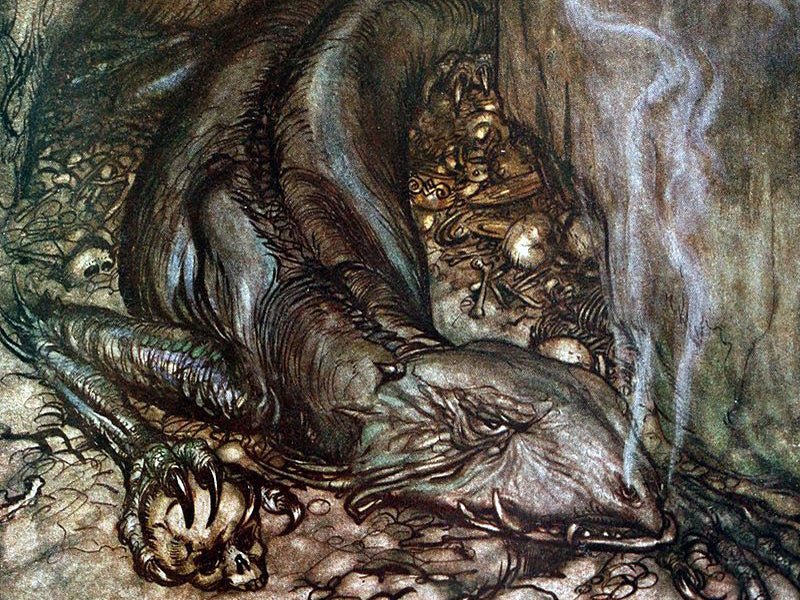
when Horror Yearbook – The Dead Man’s Curse is an ancient legend that continues to send chills down the spine of anyone who hears it. The curse is said to be placed on objects or land that hold the spirit of a deceased individual. Those who disturb these cursed sites or objects are doomed to suffer terrible consequences. Over the years, this dark tale has been passed down through generations, with countless stories of tragedy and misfortune tied to it. The eerie nature of the curse makes it a subject of fear, fascination, and caution.
The Dead Man’s Curse is thought to have originated in ancient cultures where people believed that the spirits of the deceased could have power over the living. These spirits, especially those who met untimely or violent deaths, were believed to leave behind powerful curses. In some cases, individuals who disturbed burial grounds, graves, or sacred places would find themselves cursed by the spirits of the dead.
Many variations of this curse exist in different cultures, but the common thread is always the tragic end of anyone who interferes with these sacred places. It is said that the curse often takes a long time to take full effect, but when it does, doom and destruction follow. The living become tormented by the restless spirit, leading to misfortune, illness, or even death.
“Read about: The Black Monk of Pontefract: A Haunting Tale of Unexplainable Paranormal Activity”
The Dead Man’s Curse is not limited to burial sites or graves. It can also be placed on objects that belonged to the deceased. These objects, once touched or disturbed, bring misfortune to anyone who comes into contact with them. Such objects can range from personal belongings like jewelry or weapons to even more mundane items like books or tools.
One of the most infamous cases of the Dead Man’s Curse involves a cursed artifact known as “The Pharaoh’s Curse.” The curse, said to have been placed on ancient Egyptian treasures, claimed the lives of several individuals who dared to disturb the tomb of King Tutankhamun. After the tomb was opened, many people involved in its discovery met untimely and tragic ends. While some may dismiss this as coincidence, the legend of the curse lives on, fueling fear around similar objects.
The consequences of disturbing the site or object under the Dead Man’s Curse are often gradual but always devastating. Those who fall victim to the curse experience a series of misfortunes, each one worse than the last. The first signs might be subtle, such as feelings of unease or strange dreams. Over time, these feelings intensify, and the individual might experience bad luck, illness, or even tragic accidents. The curse is believed to follow the person wherever they go, making it nearly impossible to escape.
In some stories, individuals who disturb the cursed site or object are stalked by the restless spirit of the deceased. The spirit may torment them in their sleep, whispering warnings or causing physical harm. Others report hearing strange noises or seeing shadows in the corner of their eyes. Some are driven mad by the constant presence of the spirit, and others are so consumed by guilt that they cannot escape their fate.
“Read more: The Slender Man Murders: The Horrific Case That Shook the World”
Throughout history, there have been numerous famous accounts of the Dead Man’s Curse wreaking havoc on those who dared to interfere with sacred sites. One of the most well-known stories involves the opening of Tutankhamun’s tomb in 1922. Several members of the expedition team, including Lord Carnarvon, who financed the dig, died under mysterious circumstances shortly after the tomb was opened. The media dubbed it “The Curse of the Pharaohs,” and it sparked widespread fear and fascination with cursed artifacts.
In another case, an American soldier during World War II is said to have stolen a sacred relic from a battlefield in Asia. He took the relic as a souvenir, unaware of the curse it carried. Shortly after, the soldier began experiencing severe misfortunes, including accidents, illness, and the deaths of loved ones. He eventually returned the relic, but the damage had already been done.
Some believe there is no escape from the Dead Man’s Curse, while others claim it can be broken. One common method is returning the object to its rightful resting place or the land it was taken from. Returning what was stolen is believed to appease the spirit and lift the curse. However, this is not always a guaranteed solution, as many victims report no relief even after returning the object. Others believe rituals or offerings to the spirit can break the curse. These rituals often involve prayer, sacrifice, or acts of respect. While these practices have been passed down, little evidence shows they can lift the curse. Nevertheless, some victims find peace in performing rituals, even if the curse continues.
The Dead Man’s Curse continues to captivate and terrify people today. Whether it’s the fear of disturbing an ancient burial ground or the risk of encountering a cursed object, the stories surrounding this curse remain part of cultural folklore. Even in modern times, the idea of a curse placed on an object or land still evokes fear, reminding people of the power the dead may still hold over the living.
The curse reminds us of our deep-seated fear of the unknown and the restless spirits that may linger after death. It serves as a cautionary tale, warning us not to disturb the dead and to respect the boundaries between the living and the deceased.